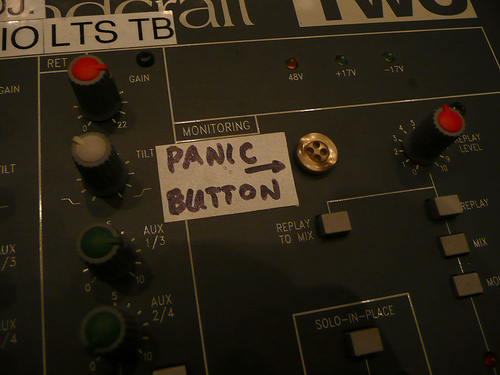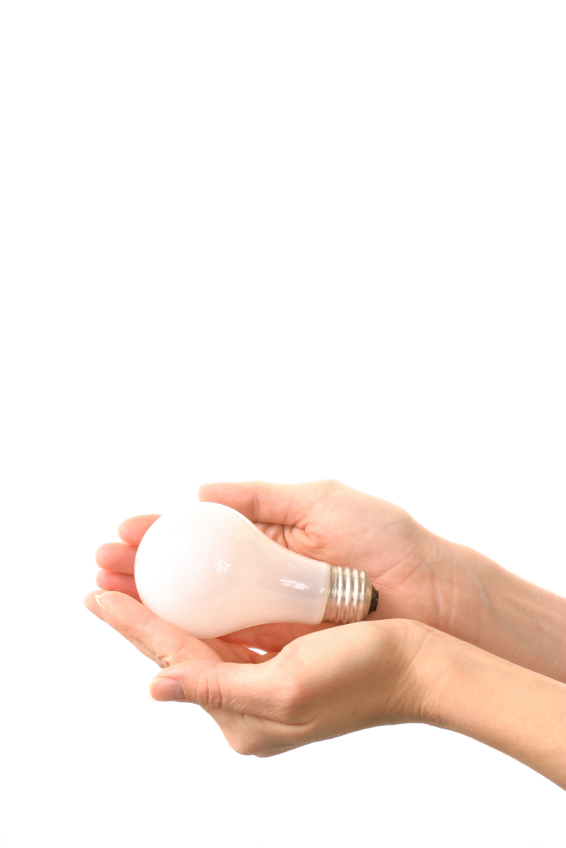There was an excellent article in the NY Times last Sunday, detailing the unexpected rise of super-efficient incandescent light bulbs as a result of the standard in the 2007 energy bill. The article quotes NRDC’s own lighting and electronics efficiency guru, Noah Horowitz, and really drives home an important point – well crafted standards spur innovations in energy efficiency. Back in April, Green Inc. ran a similar story on another new technology that leads me to draw the same conclusion. These technologies would not be evolving if not for the federal standard.
The 2007 energy bill set this standard covering the traditional, pear-shaped incandescent light bulbs that would effectively ban them in favor of more efficient technologies like compact fluorescent lamps (CFLs) and light emitting diodes (LEDs). But it didn’t just ban them outright; it was crafted to include two key components that have triggered innovation in an industry that hasn’t had much of a reason to improve Mr. Edison’s original design.
The first component is that the standard is a performance standard rather than prescriptive. It did not just say “incandescent light bulbs are illegal” but instead set a requirement in terms of the amount of light generated per unit of energy consumed. Manufacturers, when confronted with this type of requirement, can choose to invest to make their existing projects more efficient or move to a different technology. In this case we are reaping the benefits of both: investment in advanced incandescents is leading to promising products while LEDs are becoming more affordable and effective. Efficiency advocates don’t care what type of technology is used as long as energy is saved.
The second point is less obvious, but the bill directs DOE to undertake a new rulemaking several years after the standard becomes effective that will cover all lamp types, not just incandescents. That means the lights that are used for the same purpose will be subject to the same standards, rather than technology specific requirements. The “general service incandescent” lamp rule will soon become the “general service” lamp rule. This is important because no one knows where innovation will take us. If we define the rules too narrowly, then unforeseen technologies won’t be able to compete on an even playing field with more established alternatives. They could languish on a researcher’s table rather than being perfected and commercialized in ways that will save us all money and energy.
The article also makes an important point in favor of aggressive standards generally. Manufacturers are much better than DOE (or Congress) at figuring out how to meet efficiency requirements at least cost. As such, the costs projected by DOE during rulemakings are often overstated and fail to materialize. In this case, super efficient incandescents could become a cost effective way of meeting the standard and help to bridge the gap between traditional bulbs and LEDs.
Clearly standards are an effective policy tool for not only reducing energy consumption, but also driving innovation. With careful thought in how standards are structured, consumers and manufacturers can benefit as we move to a much more energy efficient future.




